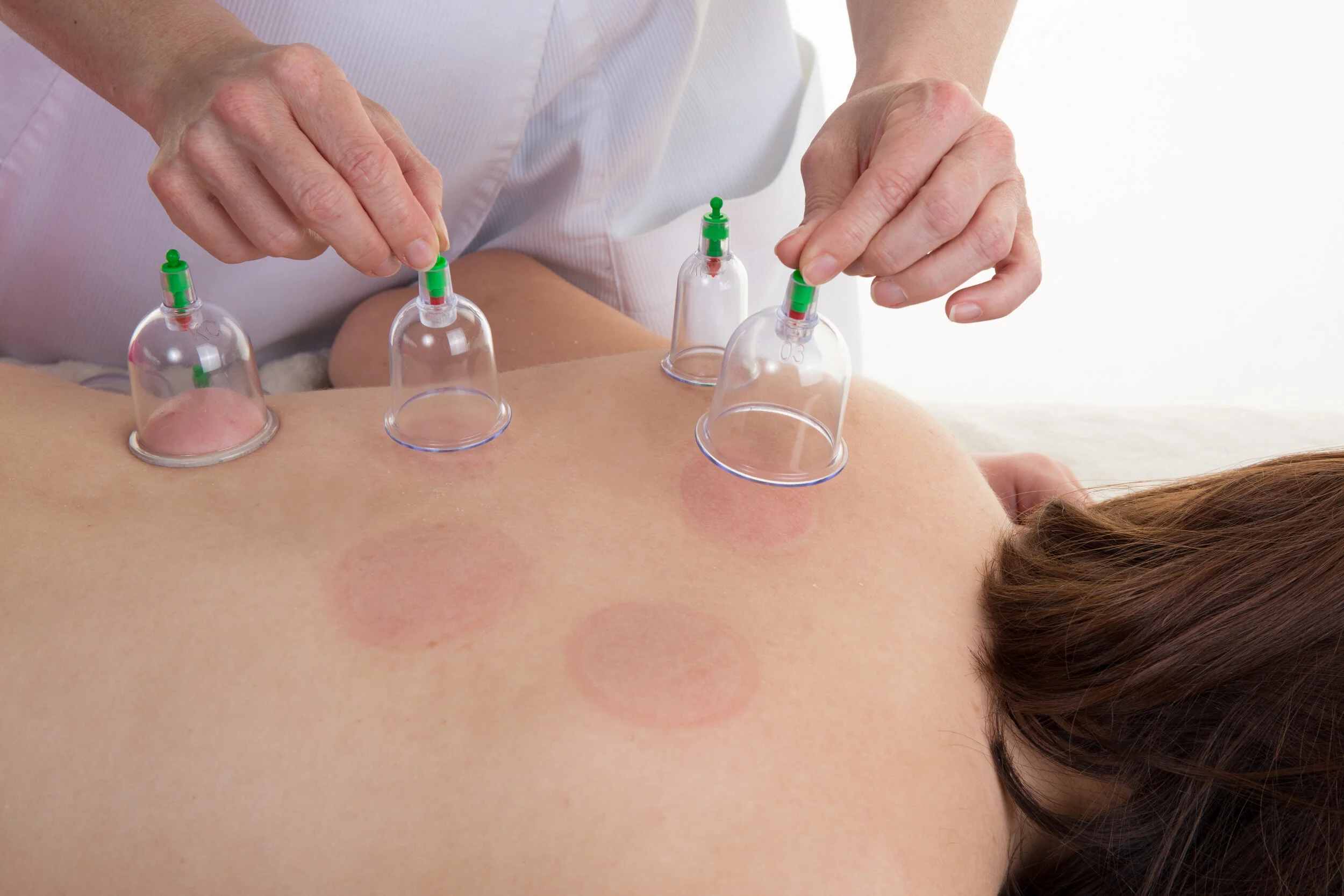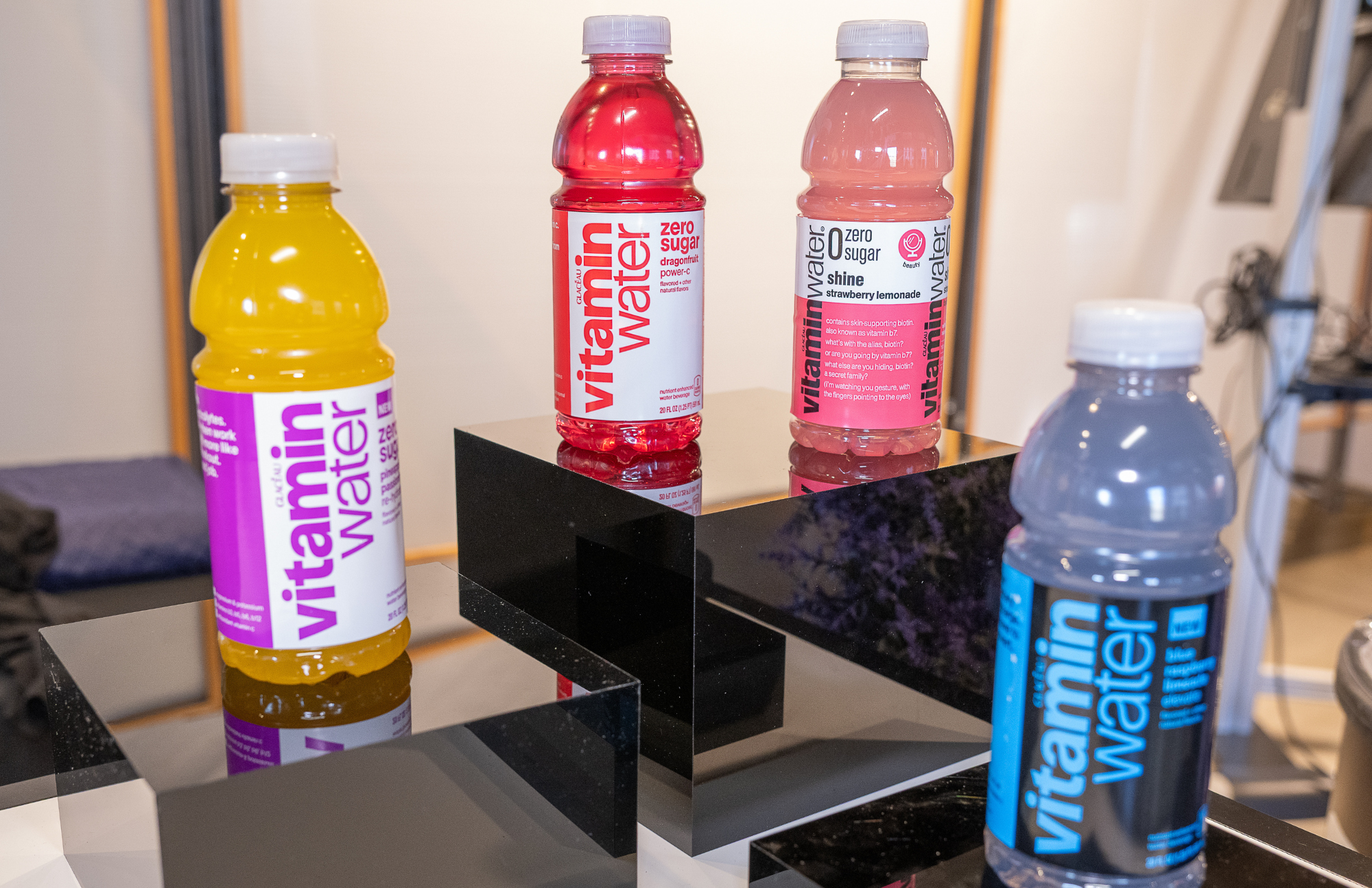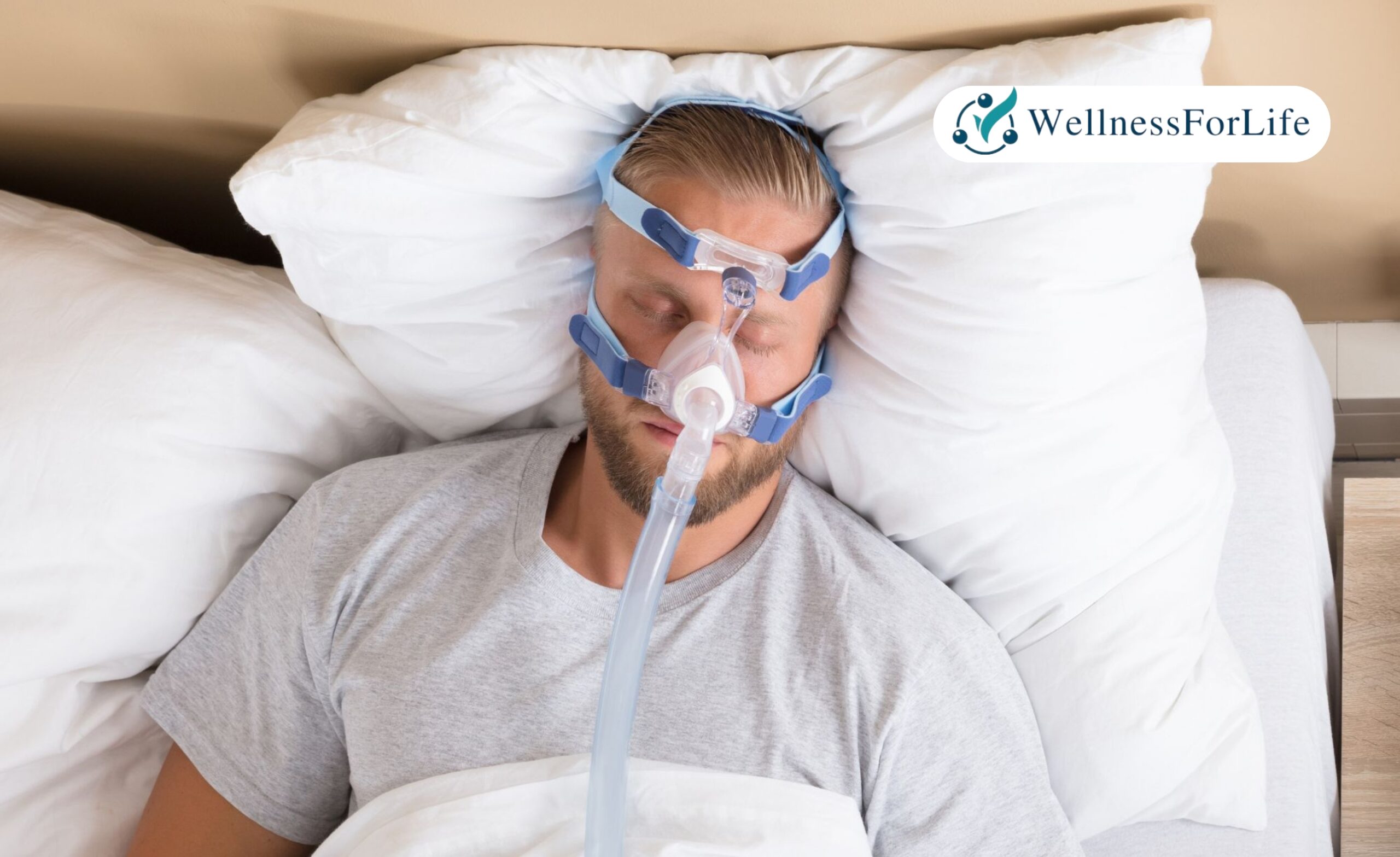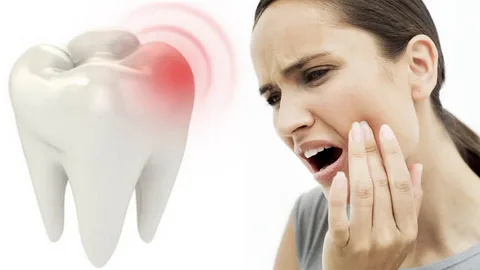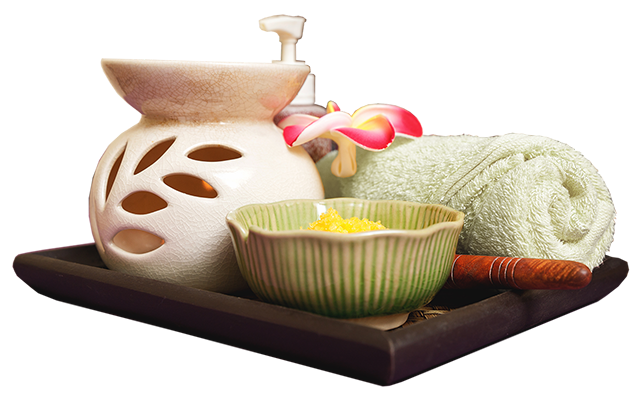Are you feeling itchy, noticing red spots on your navel or something unusual odour coming from your belly button? Have you noticed discomfort that does not go away even with regular washing? Belly button fungus infections are widespread and can occur in everyone who fails to keep that area clean. They can be developed due to sweat, moisture or friction due to tight clothing.
The symptoms should be monitored because ignoring these symptoms can worsen the infection. It’s important to act quickly by cleaning the area thoroughly with prescribed treatments. You should consult a doctor if you need to know whether a belly button infection is needed or not. Proper care is essential for Women’s Health and overall wellbeing.
What are the Top 5 Methods to Recognize Belly Button Fungal Infections?
You ought to be aware that regularly checking your belly button is essential since fungal infections develop quietly. Early signs include redness, itching, unusual odor, greenish liquid, and peeling skin. The symptoms should be addressed as soon as possible to avoid serious irritation and complications. Maintaining hygiene and fitness can help to keep the area dry and clean.
You can use some helpful remedies at home on the affected navel area to stop infection. You should know that in more severe cases, doctors usually prescribe belly button infection. Recognizing these signs early allows you to treat the infection effectively and help keep your navel healthy and comfortable, supporting overall Health Conditions.
1. Redness and Irritation Around Navel
Redness or inflammation surrounding the navel is the initial symptom of a fungal infection in most cases. You may feel tender, swollen or mildly painful skin, which may become worse after sweating or friction from clothing. Gently clean it with mild soap and water so as not to aggravate. If the redness persists or spreads, a doctor tends to prescribe belly button infection antibiotics. Early attention to this problem can reduce discomfort easily and prevent further complications, as recommended by Wellness For Life Blog, and help keep your belly button healthy.
2. Itchy Sensation Inside the Belly
An itching or burning sensation inside the belly button can be a clear sign of an infection that persists even after regular cleaning. Avoid scratching because this can damage the skin and make the infection worse. You ought to be aware that antifungal creams can be used to relieve the discomfort. In some cases, if the itching persists despite treatment at home, you should consult a medical practitioner who can prescribe you antibiotics to treat a belly button infection, either to control the growth of bacteria or fungus. Addressing persistent itchiness early will help you to minimize the risk of complications and keep the belly button comfortable.
3. Unpleasant Odor from the Area
An unpleasant smell from the belly button may be an indication of a fungal or bacterial infection. Usually, this unpleasant odor is caused by a build-up of sweat or debris inside the navel. You should know that regular hygiene and thorough nail drying can help avoid infection but a constant smell may require immediate medical attention. In most cases, a doctor usually prescribes antibiotics for a stubborn belly button infection. Recognizing the unusual smells in the early stages helps to prevent the infection from worsening.
4. White or Yellow Discharge Present
You should know that when the belly button discharges white, yellow or a light greenish liquid, it is a clear sign of infection. You should pay attention to the quantity and color of liquid because over-discharge may be a sign of bacterial or fungal growth. Clean the navel area gently by using antiseptic solutions to reduce irritation. If the discharge is persistent or gets worse, a doctor may prescribe antibiotics for the treatment in a professional manner. Remember that the earlier the attention is taken, the faster the infection can be prevented from spreading, and the faster it can heal and keep the belly button comfortable.
5. Skin Peeling or Flaking Observed
You should know that the skin can peel or flake around the belly button area and this may be a symptom of a fungal infection. You ought to be aware that there may be tenderness or mild irritation along with the peeling. Scratching should be avoided because it may make the problem worse and cause severe pain.
It is important to note that when you ensure the navel area is clean and dry, it remains healthy in the long run. In severe cases, a doctor prescribes belly button infection antibiotics to control bacterial or fungal growth. You should know that early recognition of peeling skin can help you to treat the infection on time and save you from any discomfort.
What are the Top 5 Methods to Treat Belly Button Fungal Infections?
You should address the infection caused by the fungus on the belly button as soon as you notice the symptoms to avoid making it highly irritated. Home remedies, topical creams and lifestyle changes can help effectively reduce the discomfort. Ignoring the infection may then lead to other more severe problems that require immediate medical attention. In some cases, a doctor may prescribe some belly button infection antibiotics for a stubborn or chronic infection. Acting quickly and following proper care, your navel will be clean, healthy, and comfortable and safe from future fungal problems.
1. Apply Antifungal Cream as Directed
You should apply antifungal cream directly to the infected navel area according to the instructions of the healthcare professional. When it is used regularly, this can help reduce redness, itching and irritation. It is a good idea to clean and dry the navel before applying the cream to ensure it is absorbed. In some cases, a doctor may prescribe belly button infection antibiotics in addition to the cream to completely treat the infection. You should know that following proper safety measures promotes faster healing and reduces discomfort, and prevents the fungus from spreading.
2. Keep the Navel Area Dry
You ought to be aware that keeping your belly button dry is very important because moisture promotes fungal growth. Always use a clean towel or cotton to dry it off after bathing or sweating. You must not rub vigorously the affected navel area because it can cause irritation to the skin. You should check the belly button area throughout the day to make sure it is dry. For persistent symptoms, a doctor prescribes belly button infection antibiotics to make your lifestyle comfortable. You should know that maintaining dryness in the navel decreases itching and prevents the growth of fungi in the long run.
3. Use Medicated Antifungal Powders Regularly
Sprinkle medicated antifungal powder in and around your belly button to control the growth of fungus. Apply it after cleaning and drying the area to have better absorption. Powders help to keep the moisture away and soothe the irritation. You should use this medicated antifungal powder regularly under medical supervision until the complete treatment of the infection. In case of persistent infections, a doctor can prescribe belly button infection antibiotics for the permanent treatment. Consistent use helps you to prevent its recurrence, as well as to reduce the odor and maintain your belly button clean, dry and healthy.
4. Avoid Tight or Synthetic Clothing
You should always avoid tight clothes and wear loose-fitting and breathable clothes so that sweat and moisture do not accumulate in the navel area. You should always choose cotton or other natural fabrics that allow air flow as well as minimize the risk of fungal growth. Avoid tight belts or waistbands that exert pressure upon the belly button for an extended period.
Always remember to change your clothes as soon as possible if they become sweaty. In extreme cases, a doctor can prescribe a belly button infection for rapid healing. Proper loose-fitting and breathable clothing will help you feel comfortable, protect your navel from irritation.
5. Maintain Proper Hygiene Daily Routine
You should clean the belly button gently each day with mild soap and water to wash away dirt, sweat and debris. Always remember to dry it thoroughly to prevent moisture and fungus growth. Avoid harsh scrubbing or strong chemicals which could make irritation worse. Check the navel daily for identification of infection as soon as possible so that you can take quick action.
If home care is not enough then a doctor may prescribe you belly button infection antibiotics to control the infection in a professional way. You ought to be aware that proper hygiene can keep your belly button clean and help with a faster recovery from navel fungal infection.
Conclusion
You can control a belly button fungus infection at the early stages of its occurrence by noticing the irritation and taking simple steps to treat it quickly. Clean the affected area on a daily basis and keep it dry since moisture promotes the growth of the fungus quickly. You should examine your skin periodically when you feel uncomfortable or experience unusual symptoms. You should consult a doctor immediately if there is any swelling or redness on the navel. Do not scratch the skin as it can increase pain and slow the healing process.
You should not use belly button infection antibiotics unless prescribed by a medical practitioner. Staying consistent with daily care and hygiene will protect your skin and keep the belly button healthy in the long run.
Frequently Asked Questions
1. What signs should I look for in a belly button fungus infection?
You should look for early signs of fungal growth such as itching, redness or irritation in your belly button area. Check the novel everyday for the identification of any unusual changes. Mild discomfort can be increased if there is moisture in the area. In some cases, if you feel severe irritation, then a doctor may prescribe belly button infection antibiotics.
2. How can I treat my belly button fungus infection at home in a safe way?
You should clean the area with warm water and mild soap at the first sign of fungus infection. You should dry the skin surrounding the belly button thoroughly because moisture promotes the growth of fungi. If the doctors detect the involvement of fungus in the navel, they may prescribe belly button infection antibiotics to manage the infection safely.
3. Can home remedies help with a mild belly button fungus infection?
You ought to be aware that mild infections can sometimes be treated by home remedies like warm saline water or diluted tea tree oil at home. You can apply these home remedies but avoid rubbing the infected area. Monitor the area daily to determine how your skin reacts. If the irritation persists or gets worse, a doctor may prescribe belly button infection antibiotics.
4. When should I visit a doctor for a belly button fungus infection?
You should consult a doctor if the itching intensifies, redness develops or the discharge thickens. Do not delay in the treatment of infection as it can worsen rapidly. A Medical practitioner can prescribe belly button infection antibiotics.
5. How can I prevent a belly button fungus infection from coming back?
You should keep daily hygiene by lightly scrubbing your belly button after every shower. Dry the area thoroughly, as wetness can reinfect the area. Always avoid wearing tight clothes because they can trap sweat in the skin especially in the navel area for a long time. Use of belly button infection antibiotics is appropriate only in the case of a clear fungal infection.



